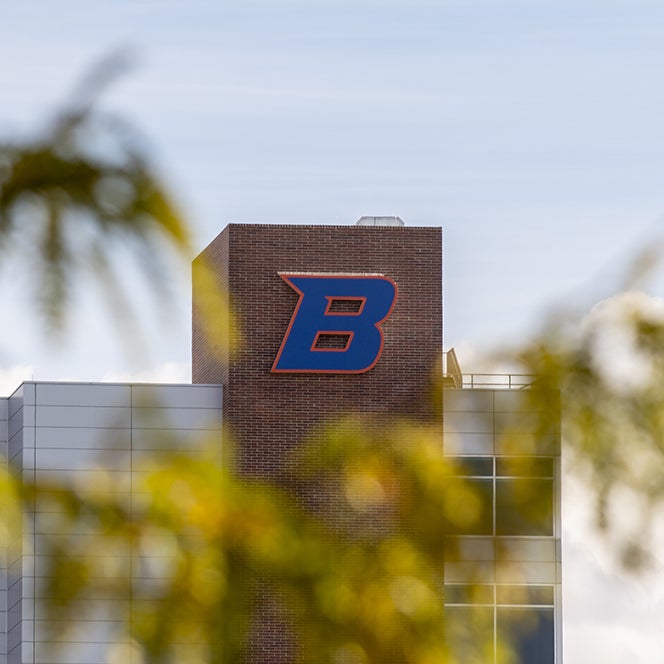
- This event has passed.
Graduate Defense: Eric Francis
November 9, 2023 @ 1:00 pm - 2:00 pm


Thesis Information
Title: Effects Of Sex And Surface On Tibial Compression And Vertical Ground Reaction Forces During Loaded Running
Program: Master of Science in Kinesiology
Advisor: Dr. Tyler Brown, Kinesiology
Committee Members: Dr. Lynda Ransdell, Kinesiology; and Dr. Shuqi Zhang, Kinesiology
Abstract
Introduction: Tibial stress fracture is a common and destructive musculoskeletal issue for military, particularly female, personnel. Common military tasks, such as walking and running with body borne load, reportedly lead to lower limb biomechanics that elevate tibial stress fracture risk. Yet, it is unknown if similar increases are evident when running with heavy load – particularly over varied terrain personnel commonly navigate during military exercises. Purpose: This study sought to quantify vertical ground reaction force (GRF) and tibial compression while participants ran with body borne load over challenging surfaces, and determined whether they differed between sexes. Hypothesis: Participants will exhibit a significant increase in vertical GRFs and tibial compression with the addition of body borne load, but increases will be dependent of the surface. Females will exhibit larger increases in vertical GRFs and tibial compression than males. Methods: Eighteen (9 Male and 9 Female) participants had 3D lower limb biomechanics quantified while running (4.0 m/s) with and without a 15 kg load over four surfaces (flat, squishy, firm, and rocky). Statistical Analysis: Stance phase vertical GRF and tibial compression measures were submitted to a two-way repeated measures ANOVA to test the main effect and interaction between load (0 kg, 15 kg) and surface (flat, soft, firm, rocky). Alpha was p < 0.05. Results: Running with body borne load led to greater peak, impact peak and VLR of vertical GRF, and maximum and impulse of tibial compression (all: p<0.001). Surface impacted both vertical GRF and tibial compression measures (all: p < 0.001). Specifically, peak vertical GRF, and maximum and impulse of tibial compression were greatest on the rocky surface (all: p < 0.001), while peak vertical GRF was larger on the squishy and firm foam compared to flat surface (p = 0.025; p = 0.006). Sex did not impact any vertical GRF or tibial compression measure (p>0.05). Conclusion: Running with body borne load may elevate tibial stress fracture risk by leading to larger tibial compression and larger, faster vertical GRFs. Additionally, running over challenging surfaces may alter injury risk, but the specific changes in vertical GRF and tibial compression that increase injury are dependent on the specific surface. Males and females exhibited no significant difference in tibial compression or vertical GRF measures during the loaded running over challenging surfaces.

